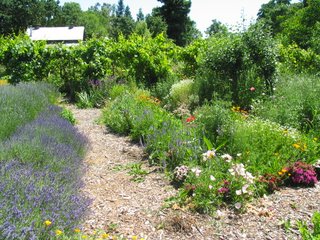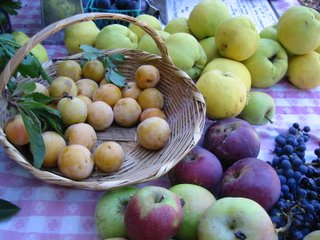INTRO 2 TO FELDENKRAIS
Movement is central to life. Some people think that if you can improve the quality of your movement, you can improve the quality of your life. Moshe Feldenkrais was one of these people. Born in 1904, in what is now Poland, he left home at 14 and walked to Palestine. Starting life there as a laborer, he later received a doctor in science in physics from the Sorbonne in France. Mastering several languages, always intensely curious, he became the appointed Westerner to bring judo to Europe. Wrecking his knees playing soccer, he opted to discover how to heal them himself. His discoveries resulted in the Feldenkrais Method®, which he developed and taught from the 50’s until his death in 1984.
Feldenkrais wrote only a few books, with each title illuminating an important aspect of his work: Awareness Through Movement, the Potent Self, and The Elusive Obvious. His work has been of use to all ranges of people, from children with cerebral palsy, to stroke victims, to professional musicians and athletes, to people with sore backs, shoulders, hips, to those wishing to improve walking, dancing, golf, skiing, or simply the quality of their lives.
What the work always has in common is the awareness that comes from discovering options to our habitual ways of moving. This work is not about flexibility, though that will improve, but about learning how we are connected, and what possibilities of movement we have not yet discovered.
If you were to move your right shoulder forward and back, even very slightly, and pay attention to this, with no straining or any effort other than the effort to pay attention to what you were sensing and noticing, you might become more aware of the shoulder blade and the clavicle and how they move in relation to the ribs. As you sunk into noticing, you might become more aware of your breathing and how this movement is easy and how it isn’t.
Elusive, but obvious once you are aware of it, you might notice that at a certain point, the spine begins to rotate as part of this simple movement. If you were to rotate your head sometimes to the left and sometimes to the right as you moved your shoulder forward, you might discover something about your neck. If you were to make the movement involve more of you by moving the right hip forward as you moved the right shoulder forward, you could become aware of the elusively obvious spine rotating as the connection to them both. If you were to make the contra lateral movement of shoulder forward as the hip goes back, and shoulder back as the hip goes forward, remembering that little movement with big awareness is what creates learning, you might begin to be aware of the elusively obvious rotations of different vertebrae, some rotating one way, some the other, and a certain spot where this rotation cancels out.
In all this, if you allow yourself to rest between each set of movements from your brain to integrate its learning, when you stood to walk after you might have a much clearer connection to your right side, and an understanding of the contra lateral motion of hip forward and shoulder back as we walk. This could give you a more potent connection to walking and many other movements.
The Feldenkrais work is taught in ways such that there is no “right” way to move your shoulder or your hip. What is “desirable” is your increased awareness of how the miracle of your physical beings was designed so that you could evolve from a helpless infant to a functioning and potentially graceful adult. Feldenkrais lessons might take place as Awareness Through Movement® lessons ( ATMs), where a group of students sit in a chair or lie of the floor and experiment with various movements. The work can also take place as a Functional Integration® lesson, where the student lies on a table while the practitioner gently moves the student. Either way, learning about yourself at a deep and sensing level is the goal of the Feldenkrais Method. Clarity of so-called body and clarity of so-called mind start to merge and seem to be one and the same.
Labels: Awareness Through Movement, Functional Integration, judo, leaning, learning by discovery, Moshe Feldenkrais, the Feldenkrais Method®









